You have not yet added any article to your bookmarks!

Join 10k+ people to get notified about new posts, news and tips.
Do not worry we don't spam!
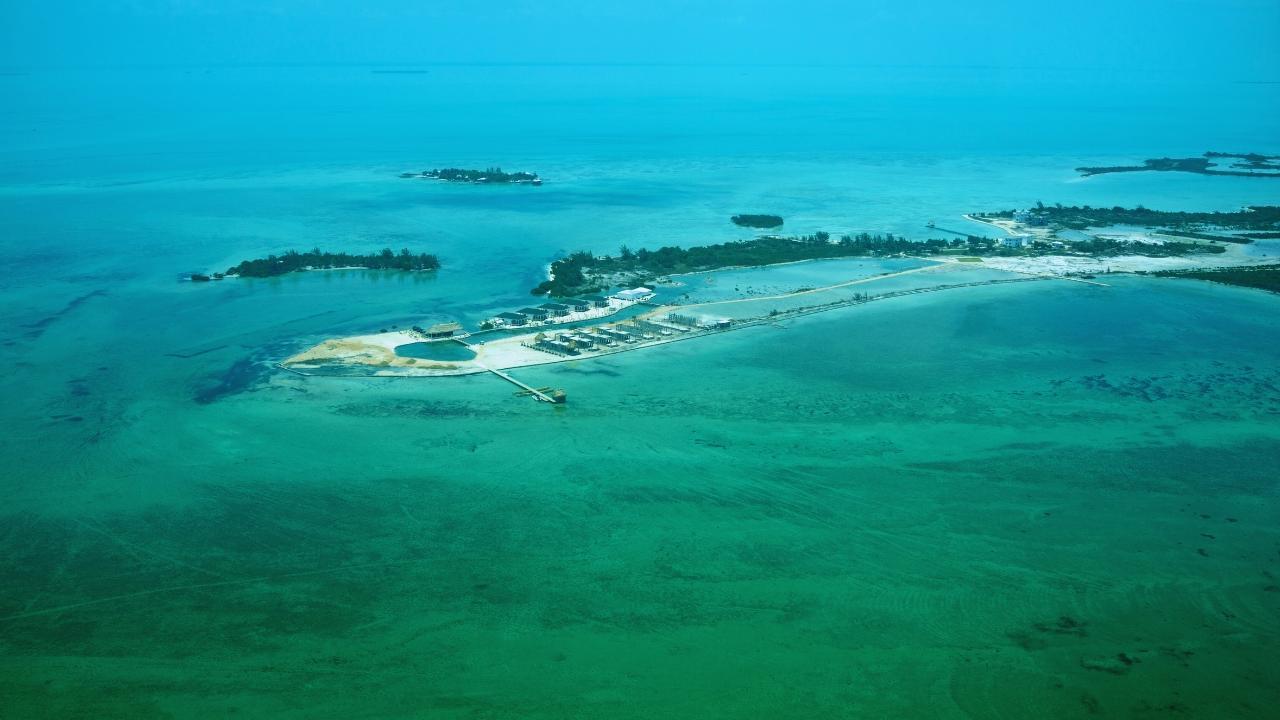
Post by : Anis Farhan
Easter Island, or Rapa Nui as it’s known locally, is one of the world’s most mysterious and culturally significant destinations. Famed for its colossal stone statues called Moai, the island draws thousands of tourists and researchers each year. These enigmatic figures, some standing over 30 feet tall, are believed to represent ancestral spirits and hold immense cultural and spiritual importance for the indigenous Rapa Nui people. However, this treasured heritage now faces a looming threat: rising sea levels driven by global climate change.
For decades, these statues have stood as silent sentinels, guarding the island’s rugged coastlines. But the story is changing rapidly. Scientists have warned that rising seas, coupled with coastal erosion, are gradually eating away at the very foundations on which these historical monuments stand. The question now is not whether they will be affected, but how soon and how severely.
Global warming has been accelerating ice melt and causing oceans to swell. According to climate projections, sea levels could rise by more than a meter by the end of this century if greenhouse gas emissions continue unchecked. For low-lying islands like Rapa Nui, this is a catastrophe waiting to happen. The island’s location in the South Pacific makes it particularly vulnerable to both rising seas and stronger, more frequent storms.
The Moai statues, many of which are located near the coast, are at high risk. These areas are already experiencing accelerated erosion. In some places, waves have reached perilously close to the platforms (ahu) on which the statues stand. Saltwater intrusion further weakens the rock material over time, compromising the structural integrity of these ancient monuments.
Erosion isn’t a new phenomenon for coastal regions, but climate change has amplified its speed and severity. Scientists studying Easter Island have documented alarming rates of coastline retreat in recent decades. Some ceremonial sites, once considered safely inland, are now on the brink of collapse into the ocean. The combined effect of storm surges, tidal waves, and heavy rainfall only exacerbates the problem, accelerating the loss of soil and stone.
Preserving these statues isn’t as simple as reinforcing them with modern engineering techniques. The Moai are not just isolated structures; they are part of a fragile archaeological landscape deeply connected to the island’s ecosystem and heritage. Any intervention must balance preservation with respect for cultural authenticity.
To the Rapa Nui people, the Moai are far more than tourist attractions—they are sacred representations of ancestors, linking the past to the present. Losing them would not only be a blow to global heritage but a devastating cultural loss for the indigenous community. These statues are central to the island’s identity and traditions, serving as reminders of resilience and unity in the face of adversity.
The cultural impact of losing even a few Moai statues could ripple through generations, weakening ties to ancestral roots. This is why any discussion about their preservation must include the voices of the Rapa Nui community, ensuring solutions align with local customs and beliefs.
Organizations such as UNESCO and the Chilean government, which administers the island, have already raised alarms. Easter Island was designated a UNESCO World Heritage Site in 1995, highlighting its global importance. Preservation plans are underway, focusing on both short-term and long-term strategies. These include constructing seawalls, reinforcing vulnerable platforms, and even relocating certain statues further inland.
However, these efforts face financial and logistical challenges. Moving a statue that weighs several tons is no small feat, especially when resources are limited. There is also the dilemma of authenticity—does moving a Moai away from its original site diminish its historical and cultural value? These questions fuel ongoing debates among conservationists, archaeologists, and local leaders.
Tourism is the lifeblood of Easter Island, with thousands of visitors arriving each year to witness the grandeur of the Moai. If rising seas continue to threaten these statues, it could have a ripple effect on the island’s economy. While virtual tours and digital preservation projects are being explored, nothing compares to the awe of standing before a Moai in person.
Ironically, tourism also contributes to the problem, as increased human activity can strain local resources and ecosystems. The challenge lies in balancing preservation with sustainable tourism practices that do not compromise the island’s delicate environment.
The fate of Easter Island’s Moai serves as a stark reminder of the global stakes in the climate crisis. These statues, carved hundreds of years ago, have endured time, weather, and human upheaval. Yet, in the 21st century, their greatest challenge comes from a warming planet and rising oceans. Saving them will require urgent action, international cooperation, and innovative solutions that respect cultural heritage while addressing environmental realities.
If current trends persist, future generations might know the Moai only through photographs and virtual reality simulations. But with collective will and timely intervention, this does not have to be the case. The story of Easter Island need not end with loss—it can become a testament to global unity in preserving the legacies that define humanity.
The information in this article is based on research from credible scientific and cultural heritage sources. While every effort has been made to ensure accuracy, evolving climate data and conservation measures may lead to updates. Readers are encouraged to follow official heritage and environmental organizations for the latest developments.

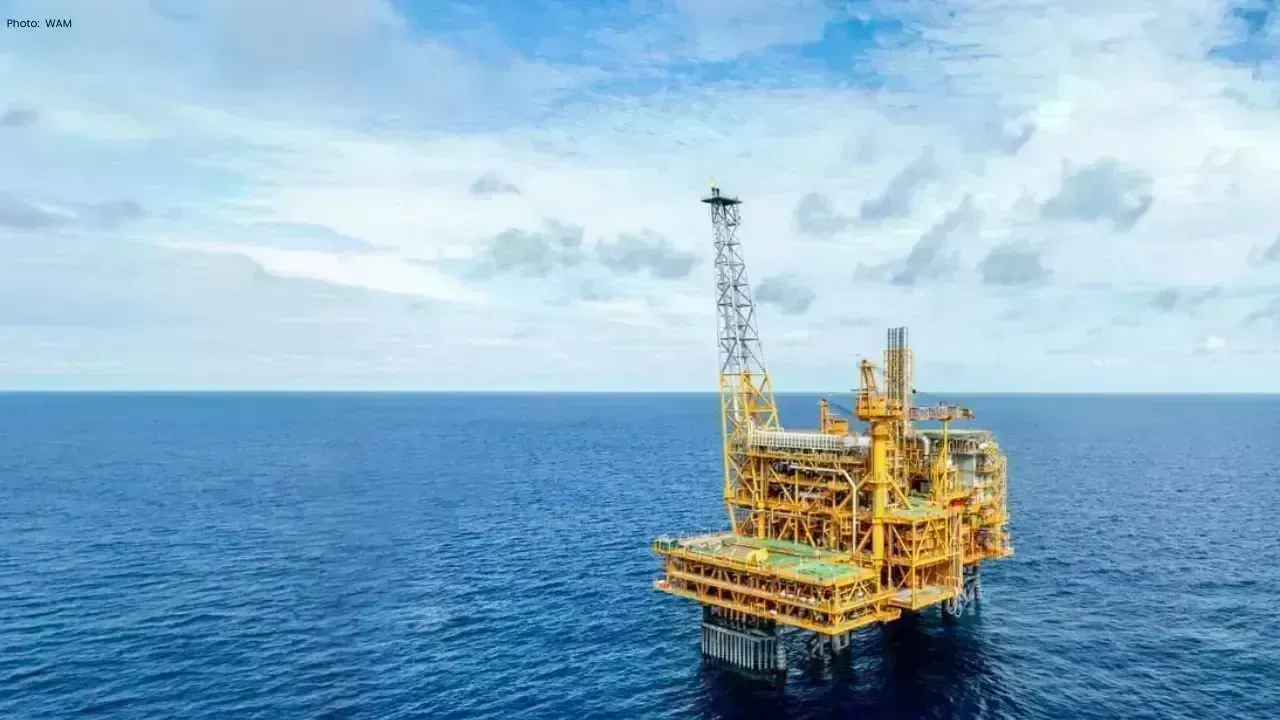
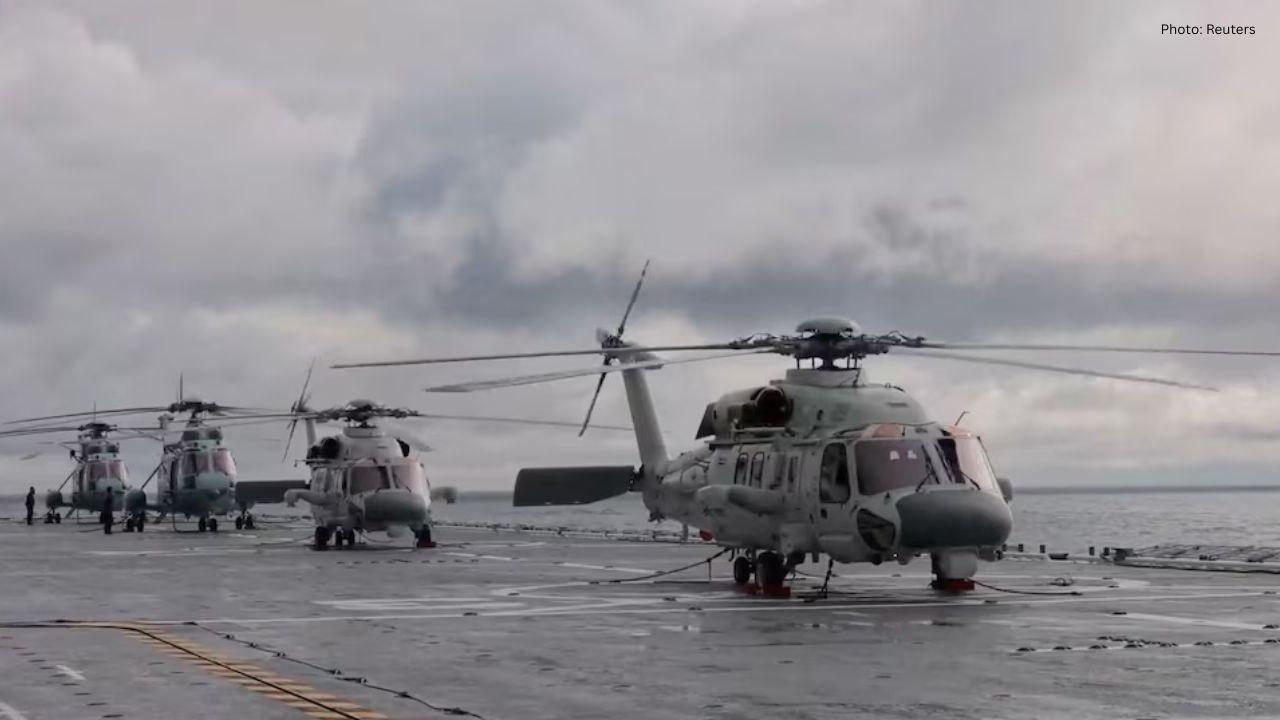
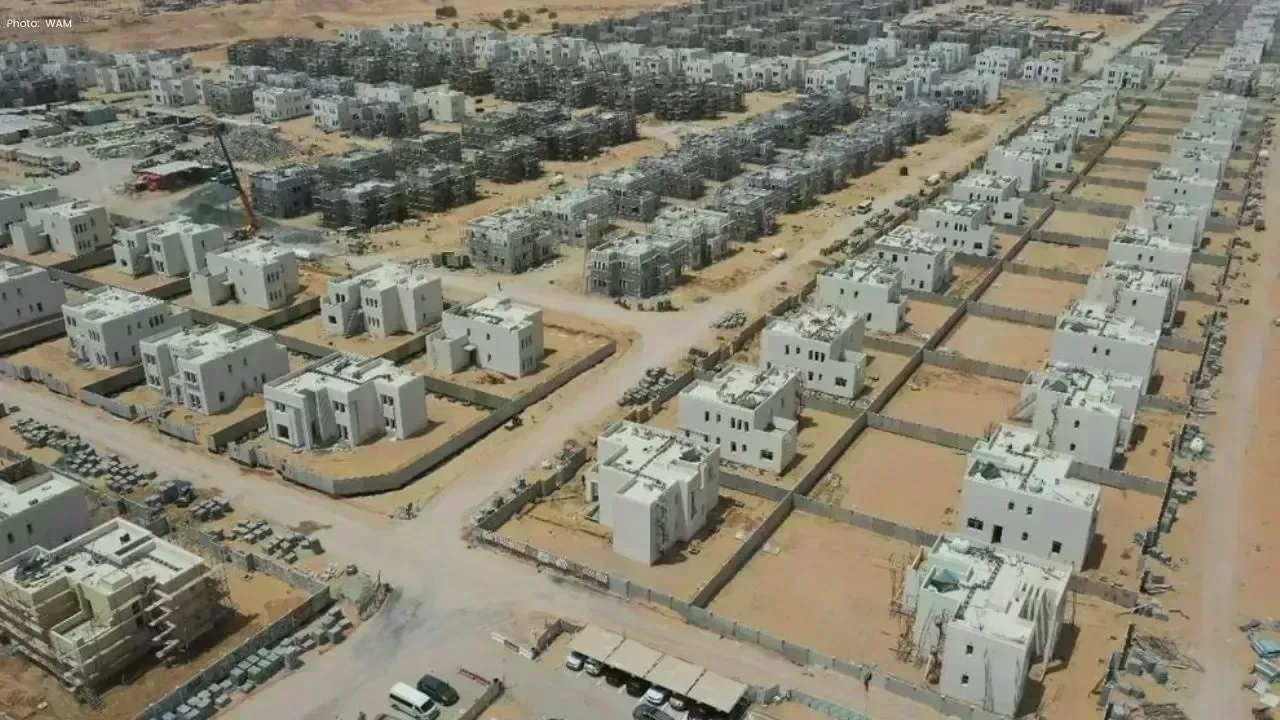




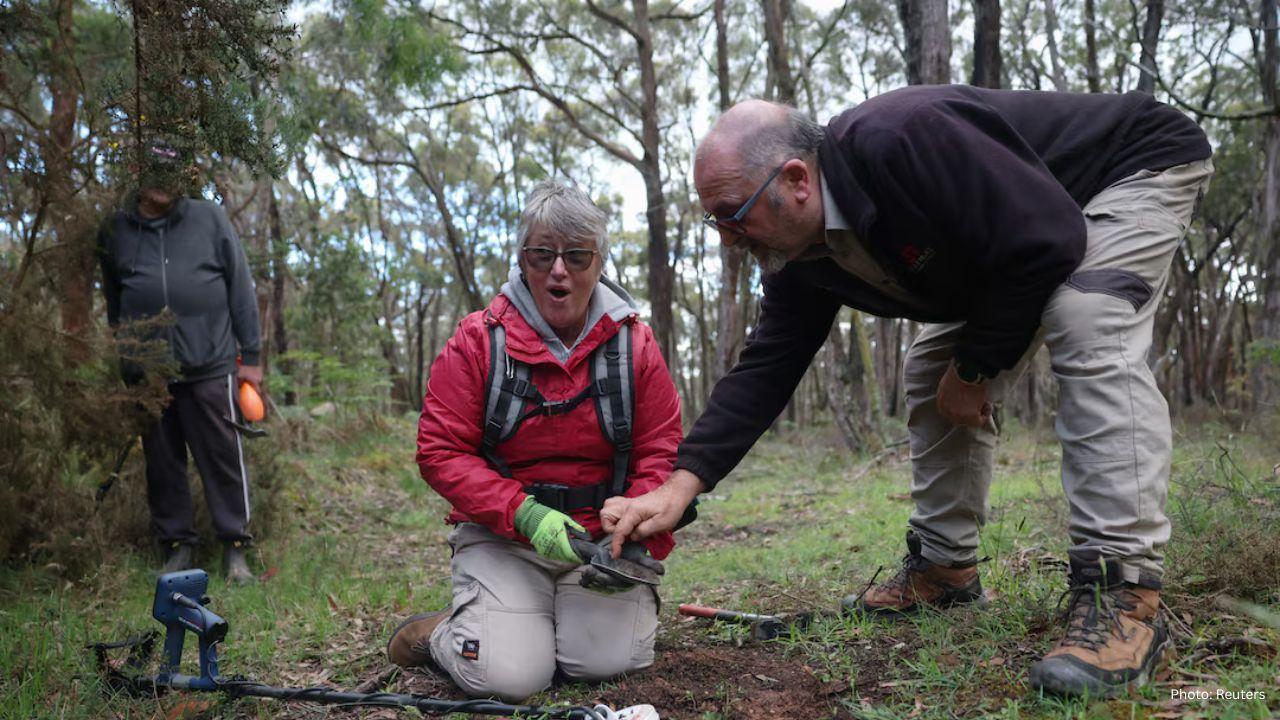

FIFA Stands by 2026 World Cup Ticket Prices Despite Fan Criticism
FIFA defends the high ticket prices for the 2026 World Cup, introducing a $60 tier to make matches m

Trump Claims He Ended India-Pakistan War, Faces Strong Denial
Donald Trump says he brokered the ceasefire between India and Pakistan and resolved eight wars, but

Two Telangana Women Die in California Road Accident, Families Seek Help
Two Telangana women pursuing Master's in the US died in a tragic California crash. Families urge gov

Ranveer Singh’s Dhurandhar Roars Past ₹1100 Cr Worldwide
Ranveer Singh’s Dhurandhar stays unstoppable in week four, crossing ₹1100 crore globally and overtak

Asian Stocks Surge as Dollar Dips, Silver Hits $80 Amid Rate Cut Hopes
Asian markets rally to six-week highs while silver breaks $80, driven by Federal Reserve rate cut ex

Balendra Shah Joins Rastriya Swatantra Party Ahead of Nepal Polls
Kathmandu Mayor Balendra Shah allies with Rastriya Swatantra Party, led by Rabi Lamichhane, to chall